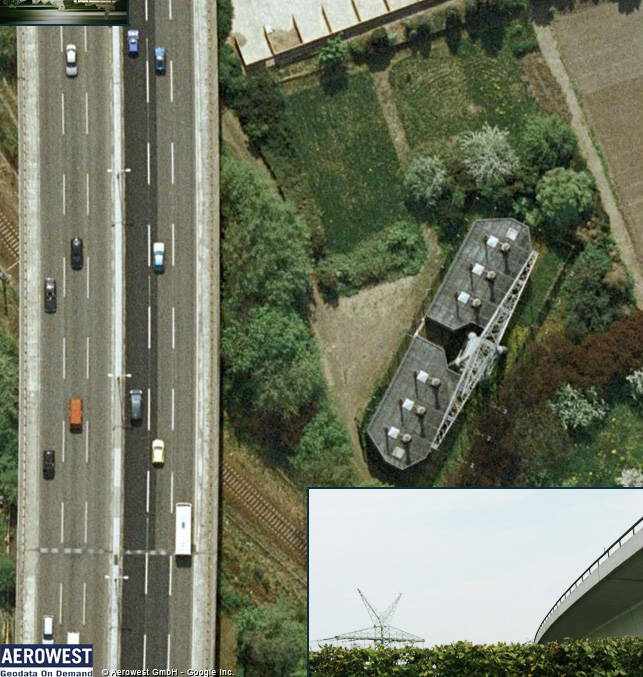 |
| |
|
|
| |
compared to the high gloss of the renovated buildings in some East Berlin districts.
Nestled between Spandauer Damm – a large main boulevard heading toward Spandau and the border of residential buildings – and the Spree are cemeteries, garden allotments, sports fields, and the Westend clinical centre.
On the other side of the Spree are the power station and Siemenswerke. Siemenswerke forms its own industrial town. The Siemens company was founded in 1847 by Johann Georg Halske and Werner Siemens as the “Telegraphenbau-Anstalt von Siemens & Halske in Berlin”. Somewhere along the way the personal benevolence of the founders got lost in the impersonal mechanism of a large industrial corporation. As the managing director of the corporation, the son of the founder, then later his grandson, allowed forced labourers to work for Siemens AG. Jochen Klepper’s stepdaughter Renate Stein did her compulsory labour at Siemens. This information can be found in his diaries. That Siemen’s wife had an astonishing conversation about this fact with Renate Stein at a reception in a Zehlendorf villa is probably not in the published portion of the diary, but can be found as information in Rita Thalmann’s biography of Klepper. Siemensstadt was Adolf Hitler’s electoral district for the Reichstag election of 1933. Standing on a cable drum, he delivered his speech to German workers, broadcast by speakers made by Siemens. The factory management thanked him with a commemorative plaque.
After the war – the factory was not destroyed, which was a very distinct possibility for some time |
|
| |
|
|
|
|
| |
|
|
